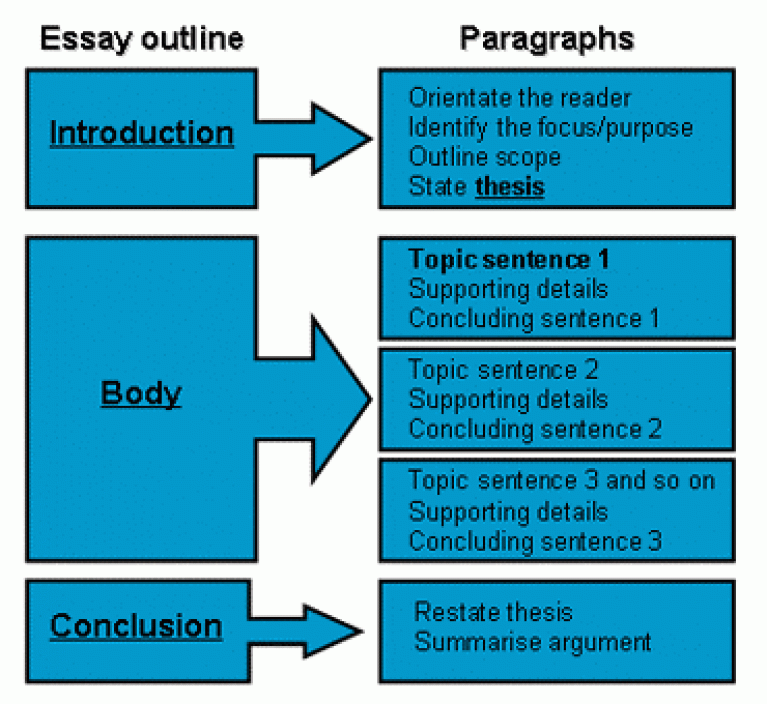The most crucial thing to keep in mind when writing a conclusion in an essay is to avoid phrases like “to sum up” or “in conclusion”. Instead, use concrete details and a compound or parallel structure. Remember, your reader is interested in finding out what you think and why you think it. A good conclusion in an essay should be clear, concise, and easy to read. Here are some tips:
Avoid phrases like “in conclusion” or “to sum up”
While it is tempting to use a phrase like “to conclude” or “in conclusion,” these words are often unnecessary. A conclusion should evoke the main idea of the essay without repeating it. The goal of a conclusion is to provide closure while also addressing any new questions or possibilities that may have arisen along the way. For example, an essay on the history of the Braille system might end with a prediction that if the system was implemented, the labor force would be highly trained. In this case, failure to educate the majority of the population would result in a labor force that is poorly prepared.
Cite concrete details
A successful conclusion should use concrete details to summarize the entire essay. These details should provoke further thought from the reader. For example, in a product essay, a conclusion could highlight the most important attributes of a product. It may also include details about the product that differentiate it from competitors. A conclusion should always tie back to the thesis statement. The writer should guide the reader through the essay and prove the validity of their thesis.
Set up a larger context
When writing a conclusion in an essay, it is critical to set up a larger context for the topic. This will help your readers gain a new perspective or create new meaning for the topic you are discussing. This is particularly important when writing a critical essay. A good example of this is Nick’s conclusion in his article, which applies the advice he offers in the body of the piece.
Compound or parallel structure
If you’re unsure about whether you’ve used parallel or compound structure in your writing, look at the following examples. The first two examples are in the passive voice. In the second, the speaker emphasizes one fact or idea by saying that the other fact is not a key point. For example, “I go to the mall for my daily groceries.” The second example is in the active voice: “I go to the mall to pay my bills.”
Avoid overuse of call to action
Although a call to action can rouse a reader’s base, it can be overused in the wrong context. While a call to action can be a great way to summarize an essay, it should be kept to a minimum. The conclusion should relay the main points of the essay and not introduce new information. The call to action will only serve to distract the reader from the main point of the essay and may leave them confused.

